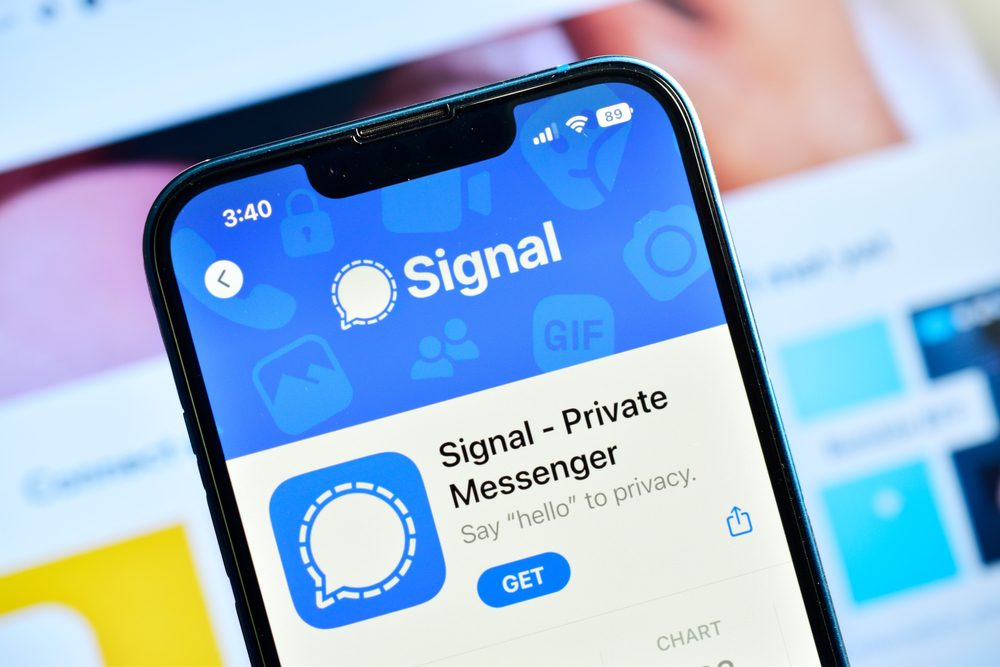It’s inevitable that customers leave. Your customer base is constantly evolving, and your customer loyalty and retention metrics likely hide that natural dynamic. Traditional measures look at full attrition and ignore shrinkage, maintenance, and growth. Savvy companies look deeper and respond to incremental behavior changes within their customer base.
The two measures presented below, dollar retention rate and replacement rate, let you spot issues in your retention and customer development efforts early and focus your decision making on the results you really want – revenue and profit.
Dollar Retention Rate
A customer who spent an average of $1000/year drops to $50/year. Is the customer retained? She didn’t leave, so traditional retention measures would show no churn. Clearly this doesn’t capture the erosion in value. Instead, use “dollar retention rate,” which measures the percentage of revenue retained over a prior period. So where you may have an 80% traditional retention rate in your best customer segment, if half of those retained drop 95% in value like the example above, your dollar retention rate is only 42% (40% retained at prior value and 40% retained at 5% of prior value). This means you need to replace 58% of your best customer revenue from somewhere else.
This is a crucial metric in the SaaS and services worlds, and is directly applicable to any retention-based business, including consumer businesses. It strips out the noise and focuses on what matters – revenue.
By using this as a key performance indicator, your decisions become much clearer. Customers maintaining their spending are crucial, so treat them as such. Make sure they understand how important they are to you. Customers showing value erosion should get immediate attention, instead of months or years later (when they stop buying altogether and show up as churn). Efforts to grow existing customers get equal treatment, since a dollar added to an existing customer is just as important as one recovered from someone leaving.
For example, if your top tier is defined as $1200/year and eight transactions/year, you could set triggers that fire at 75% of the norm for both spending and frequency. So anyone who spends less than $225 or visits only once in any 90 day period is dropping below the best customer threshold and will receive an aggressive effort to bring him or her back into the fold.
Replacement Rate
You had 10,000 customers in your top segment. You lost 500 in the last month. How many new ones entered the top segment? If its 500, you have at least held your ground. Any fewer and you have to account for the lost revenue elsewhere.
This is the replacement rate metric, dividing customers migrating up by those migrating down (or out). Ideally this value is always greater than one. Whenever it gets out of balance, your customer acquisition or growth efforts need to make up the difference. Watching this number closely will help maintain the right focus on keeping your valuable customers and growing the next generation of customers.
Tracing this backwards in the customer lifecycle, it should be obvious that understanding which customers become best customers is crucial to marketing optimization. The attributes, attitudes or prior purchases that signal high potential should set off flashing lights and alarm bells.
Identifying and growing new and high potential customers – which is what drives the numerator in this metric – rarely has its own marketing effort. Changes here tend to be organic. With this metric in place, explicit programs and campaigns to grow the next generation of high value customers takes its rightful place in the marketing pantheon. This could be as simple as an exclusive offer to new Twitter followers, or as complex as assigning personal shopping assistants to new customers in Prizm cluster #4.
Making It Happen
These two metrics will tell you everything you need to know about your customers. Follow them like a hawk, since our ongoing analyses show both numbers tend to be stable over time (adjusted for seasonality). Any erosion should be taken very, very seriously.
Spend a half day thinking of 25 ways to impact each metric, and start drawing up plans to implement the three most promising. This could include outbound “thank you” calls to new customers, an unexpected gift in shipments of large new orders, an extra day of analytic services, 90 day free of a value added service, or anything else unexpected that shows you care about their business. If all is well, these plans will make up a strategic reserve for the day when erosion starts. If business is tough, start putting them into play now.
Michael Greenberg is COO of Loyalty Lab Inc.
 Network
Network

